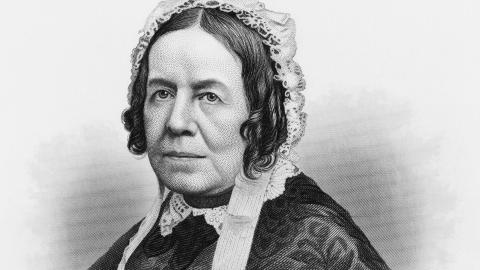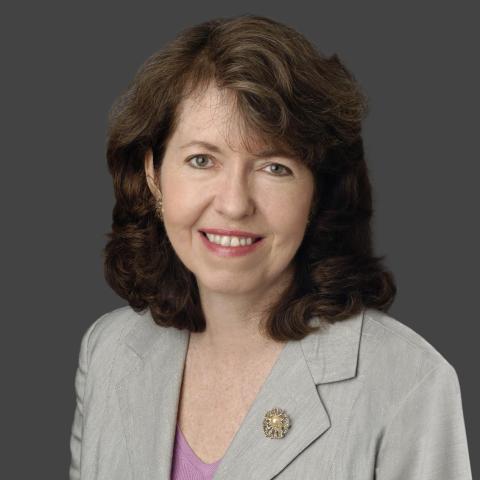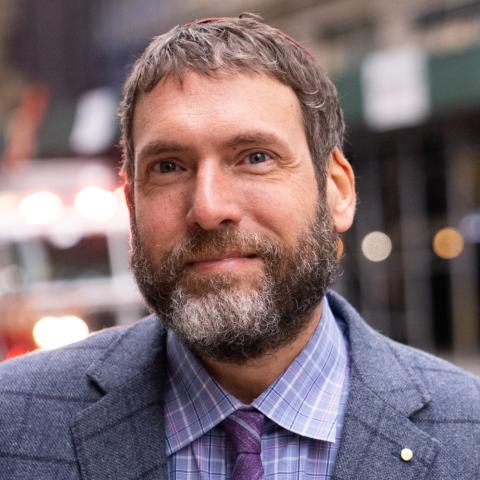The celebrated British war correspondent Clare Hollingworth died Tuesday in Hong Kong at 105. The news reached me via her obituary in the Daily Telegraph, which a friend emailed. It was fitting that the Telegraph published one of the first reports of her death, as the newspaper also published Hollingworth’s most famous article and arguably the biggest scoop of the 20th century: the outbreak of World War II.
In late August 1939, Hollingworth was a 27-years-old cub reporter for the Telegraph in Poland. After talking a British diplomat into allowing her to borrow his car, she drove across the border into Germany, where she observed large numbers of troops, tanks and field artillery lined up along a road.
As she wrote in her autobiography, when the wind blew open burlap screens “constructed to hide the military vehicles . . . I saw the battle deployment.” Her story appeared in the London newspaper on Aug. 29 under the headline “1,000 Tanks Massed on Polish Frontier.” Germany invaded Poland three days later.
The young reporter’s scoop heralded the rest of her journalism career, which took her to the four corners of the Earth. She was a journalist of the old school—daring, dogged and open-minded. She was interested, above all, in “getting the story.” In pursuit of that goal, she would talk to anyone, travel anywhere, endure any discomfort.
Hollingworth spent six years covering World War II in dangerous assignments that took her to Central Europe, the Balkans and northern Africa. Next she covered the war in Algeria, two wars between India and Pakistan, conflicts in Aden, Burma, Borneo and Ceylon, the Vietnam War, two Arab-Israeli wars, the bloody birth of Bangladesh, and the Cultural Revolution in China.
In 1946 she was staying at the King David Hotel in Jerusalem when a bomb went off, killing 91 people. “I was not being brave,” she once wrote about her adventures. “My over-riding feeling was enthusiasm for a good story.”
Her sources included high government officials and military officers as well as soldiers and ordinary people. When I knew her in the British Crown Colony of Hong Kong in the 1980s and ’90s, she was as welcome at the governor’s sedate dinner parties as she was at the raucous bar of the Foreign Correspondents Club or with the local patrons of sidewalk noodle stands.
In what was perhaps her sole concession to being a female reporter in what was then mostly a man’s world, she often made a point of befriending sources’ families, secretaries and household help. Such sources came in handy, such as when she broke the news, in 1963, that British double agent Kim Philby had defected to the Soviet Union. The wife he left behind in Beirut was one of her sources.
Since the early 1980s, Hollingworth made her home in Hong Kong. She would hold court at the Foreign Correspondents’ Club, where she often could be found in a corner of the bar sipping a G&T and attired in her regular working uniform of a custom-made safari suit and rubber-soled Chinese slippers. She was a marvelous raconteur, and I heard some of her best tales over dinner in the club’s upstairs dining room.
“It’s perfectly acceptable to pick up bok choy with your fingers,” she once instructed me after noticing that my chopstick skills weren’t up to managing the Chinese vegetable. “Zhou Enlai told me so.” The Paris-educated Chinese premier had informed her that just as the French used their fingers to eat asparagus, the Chinese used them to eat bok choy. The point of her story was twofold—to show how urbane the Chinese leader was, and to remind me of how well the Chinese elites lived compared with ordinary people, who often starved.
Another time, she spoke to me of her long-distance phone conversations with former British Prime Minister Edward Heath. “I have the number of the phone on his bedside table,” she boasted.
When she visited Washington, she would stay at the home of Pamela Harriman, socialite, Democratic activist and onetime U.S. ambassador to France. When she visited Manhattan, she wanted to “pop in” to the “local”—that is, a neighborhood bar—so she could tap the views of regular New Yorkers. She also spoke and wrote movingly of the wartime suffering of civilians.
Wherever she went, Hollingworth kept what she called a “t and t”—toothbrush and typewriter—at the ready. She was prepared to head out to whatever hot spot her editor might want to send her. In 2003, she wrote: “I know no one is likely to be looking for a 92-year-old correspondent to go and cover wars, but if I could have my way and there’s a war nearby, I’d go tomorrow.”


















